Since ancient times, the Chinese civilisation has been building water engineering projects to rule the flow of waters in order to improve the geological environment of the land and the people's way of life. This is hugely evident in the construction of the Grand Canal, the world's oldest and longest man-made waterway, which runs from Beijing in the north to Zhejiang province in the south, passing through two municipalities and six provinces, and connecting five major river systems.
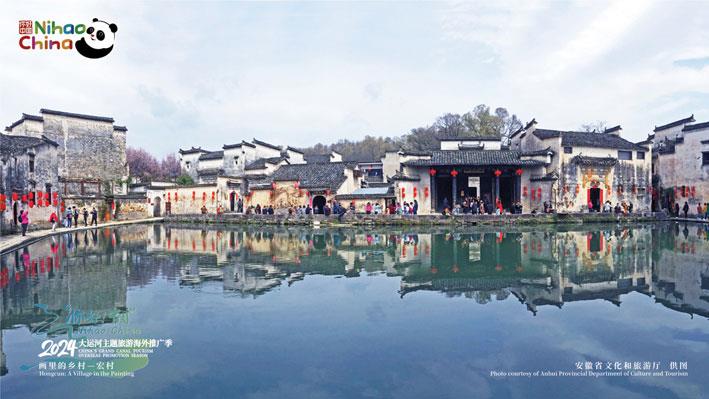
Recognised as a Unesco World Heritage Site in 2014, the Grand Canal, known to the Chinese as the Jing - Hang Grand Canal, represents the greatest masterpiece of hydraulic engineering in the history of mankind, because of its very ancient origins and its vast scale, along with its continuous development and its adaptation to circumstances down the ages. It provides also tangible proof of human wisdom, determination and courage.
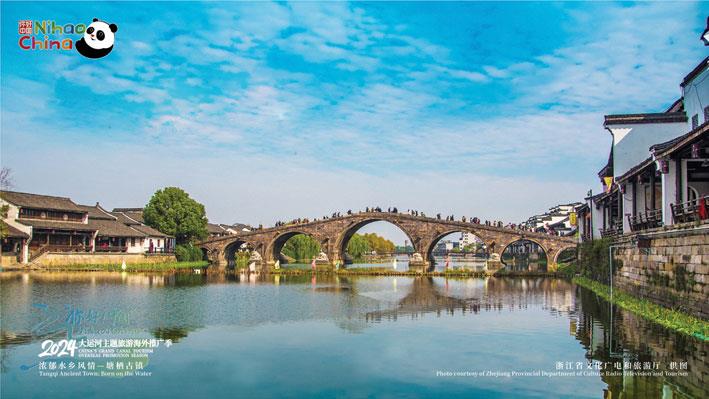
The inception of the Grand Canal dates back over 2,500 years, with the earliest canals being excavated in the fifth century. Throughout its history, the Grand Canal saw expansions and enhancements overseen by influential figures hailing from five distinct dynasties. Along the centuries, it has been a powerful factor of economic and political unification, and a place of major cultural interchanges.
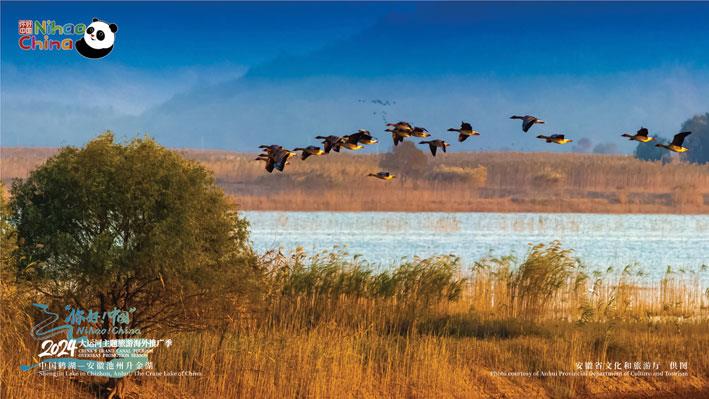
Running across 1,794 kilometres, the Grand Canal has served as a significant transportation artery in ancient China. It formed the backbone of the Empire's inland communication system, transporting grain and strategic raw materials, and supplying rice to feed the population. Connecting cities and ports along its route, the canal promoted cultural convergence, exchange and integration among various ethnic groups throughout history, and showcased the openness and inclusiveness of Chinese civilisation.
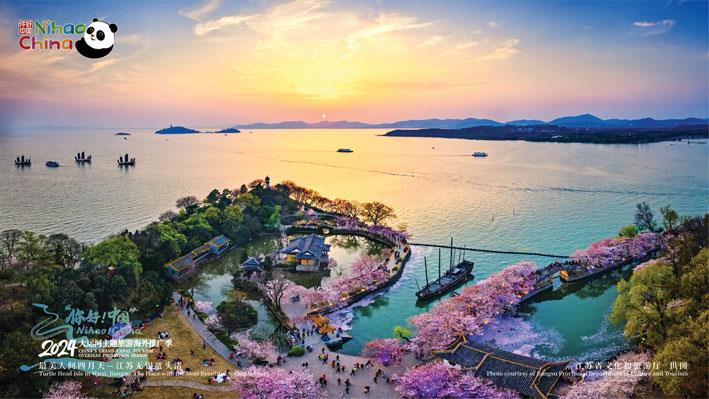
The China that we know today would probably not be the same without the Grand Canal. Throughout the years, this waterway breathed life into more than 300 cities and over 10,000 ancient towns. All these imprints form a map from the canal's starting point in Beijing, through Tianjin, Hebei, Shandong, Jiangsu and Zhejiang, where it rests in the city of Hangzhou.
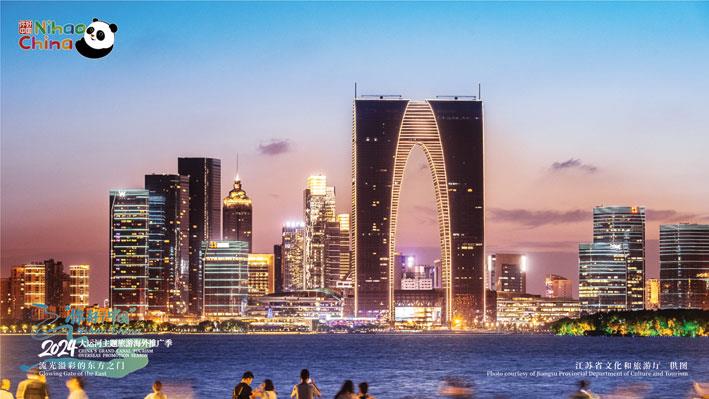
Unlike other Unesco World Heritage Sites in China, such as the Forbidden City or the Great Wall, the Grand Canal continues to function as its founders envisioned many years ago. Its multiple purposes include flood control, water supply and inland navigation. Meanwhile, its high-activity segments are known to facilitate the movements of millions of tons of cargo every year.
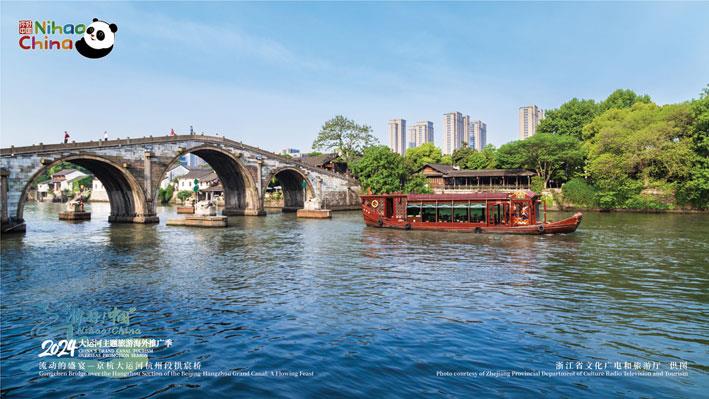
Yet, the millennia-old canal is now also serving as a "living heritage" whereby tourists can enjoy both the charm of ancient China, as well as the superb modern development which took place in recent years along the Grand Canal's banks. Contemporary projects include the preservation of historical and cultural areas, the construction of newly built piers, landscape walking bridges, accommodation and entertaining facilities to provide a one-of-a-kind destination for inbound and outbound tourism.

Cruising along the waters of the Grand Canal, one can relish the experience of viewing ancient villages, such as Hongcun Ancient Village with its ox-like architectural composition, intricate carvings in wood and stone and mountainous landscape or Tangqi Ancient Town, which is the birthplace of Kunqu Opera and Jiangnan traditional music.
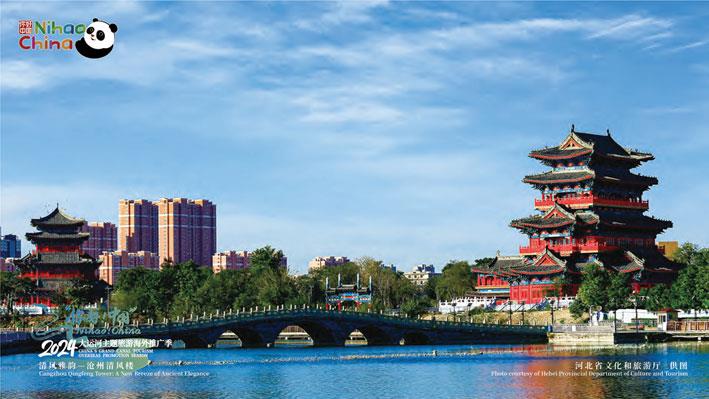
One may also indulge in visiting the remarkable scenic areas which have become part of the Grand Canal's ecological corridor, such as Anhui Shengjin Lake National Nature Reserve, which is the largest wintering ground in China for the vulnerable hooded crane or Turtle Head Isle, which is a small peninsula famous for its beautiful scenery, especially cherry blossoms.
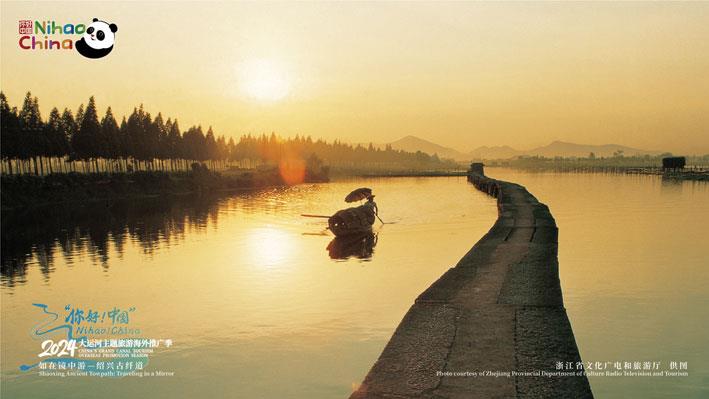
The waters of the Grand Canal have also helped to pass down millennia of accumulated heritage: Suzhou is renowned for silk producing and jade carving, Yangzhou is the hometown of Huaiyang cuisine, Cangzhou's Wuqiao County is the cradle of acrobatics, while Hangzhou is known for its silk umbrellas, porcelain, tea and art.
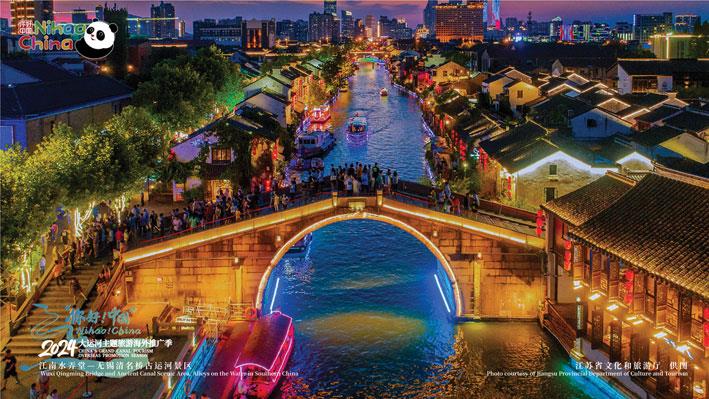
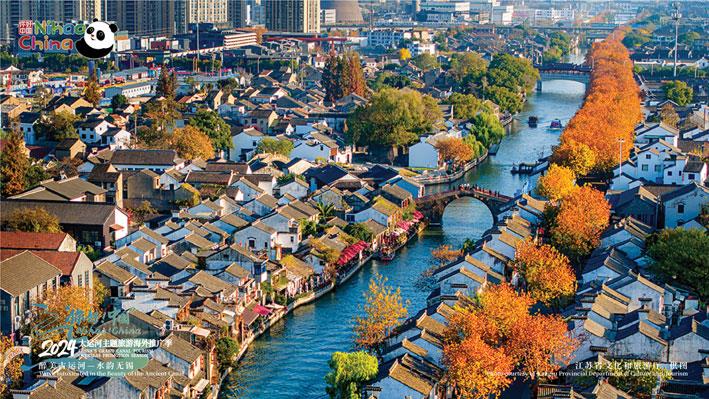
You can discover more about the wonders of the Grand Canal by following the China Cultural Centre in Malta on Facebook and YouTube